SKL is reader supported. When you buy through links on our site, we may earn affiliate commission. Learn more here.
Like the organic label on food products, the general vague use of “organic” may leave us a bit confused as to what organic cotton actually is and how it’s any different from typical cotton, and if it really matters.
If you’ve been a part of sustainable fashion conversations even a little bit, it doesn’t take long for the preference for natural fabrics to make itself known.
It makes sense that natural materials like cotton would be more environmentally-friendly than synthetic materials, especially when synthetics are so often derived from fossil fuels. Organic and natural labels have eco associations. But, as always, it’s more complex than an eco-sounding label.
This blog will dig into all the intricacies of organic cotton, what it is, and whether it’s a good sustainable alternative.
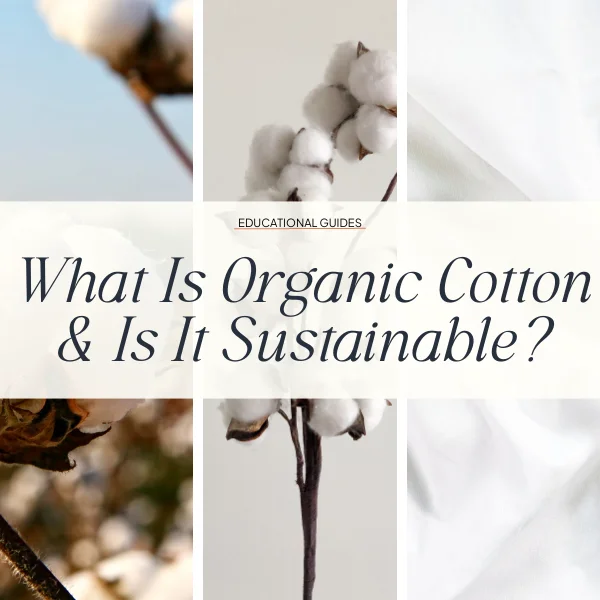
What is Cotton?
Cotton is one of the world’s most popular and oldest textiles with its first use dating back to prehistoric times. With the advent of the cotton gin that led to its widespread use and production, cotton is now the most prevalent natural fiber (it makes up 80% of natural fiber production).
A natural fiber simply refers to a material with nature-based or geological origins derived from plants, animals, or minerals. While it is the most common natural fiber, cotton is the second most popular fabric worldwide with 22% market share, following behind polyester making up 54% of textile production.
What is Organic Cotton?
Organic cotton refers to cotton that is grown in ways that are meant to lessen environmental impact and chemical usage. Typically, organic cotton is cultivated without the use of genetic modification or pesticides in the farming of the cotton crop. It can also mean the cotton is processed without the use of toxic chemicals in the manufacturing stage. Third-party certifications are used to define and verify whether a cotton is organic or not. Criteria for organic certification will vary depending on the certification body. Organic cotton makes up a small percentage of global cotton production at 1.4% of the market.
How is the cotton fabric made?
Cotton, as a plant, thrives in warmer weather. It is grown across the southern states of the US, mainly in Texas. India and China are the top 2 cotton producing countries, followed by the US and Brazil.
Cotton is often planted in the spring, where after several weeks, it will flower. Throughout the summer, the flower is dropped and replaced by the cotton boll that we typically associate with the cotton plant. In the autumn, cotton is harvested by machines that pull the boll off the plant.
Next, the gathered bolls are ginned, which is the process of separating the fiber (lint) from the seed. From there, the cotton is baled to be sent to where it will be spun into a yarn. Then, the yarn is woven into the textile which is often dyed and treated before being constructed into a garment.
Cotton production can often span across the world from start to finish with the farming taking place possibly in the US, then spinning and construction in various countries in southeast Asia before the finished product gets shipped back west.
Across every aspect of the cotton production process is an opportunity to choose more sustainably, from seed and soil preparation to weed control (pesticide use) to water usage to the chemical processing and dying of the textiles. What makes cotton more sustainable or organic depends on each of those production steps.
Organic Cotton vs. Cotton
Cotton is already a natural fiber which makes it more sustainable as a material compared to many of the synthetics being used today. Many people wonder if organic cotton is really better.
Textile Exchange describes organic cotton as “working with nature, rather than against it.” Organic cotton farming centers on using place-based practices that promote soil health, biodiversity, and consider the humans involved.
Conventional cotton farming would use practices like chemically-intensive fertilizer, irrigation, and genetic modification as external factors to influence crop cultivation rather than working with the land and ecosystem of the farm.
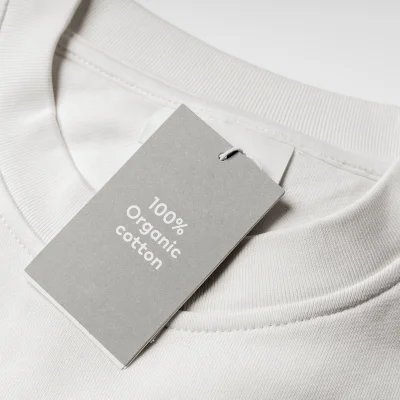
Truly organic cotton would be farmed according to the above standards and without the toxic chemical treatment that occurs when a conventional cotton textile is stabilized, bleached, dyed, processed, and finished in the production stage. Organic cotton production usually offers increased worker protections due to the regulations and standards that have to be met in the certification process.
Beyond just the production processes, organic cotton is often considered a superior product to cotton due to an increase in quality, softness, and durability. These improvements can be attributed to the lack of chemical damage that can occur in conventional cotton harvesting and production. Many with sensitive skin prefer organic cotton to avoid any reactions because of the chemicals used in traditional cotton processing.
Organic Cotton vs. Recycled Cotton
Recycled cotton makes up almost 1% of global cotton production. Recycled cotton is made through the mechanical recycling of pre-and post-consumer cotton.
Most often, pre-consumer scraps from the manufacturing process are what is used to make recycled cotton. Post-consumer materials like clothing are harder to classify and sort due to blends and treatments used in garment production.
These scraps are sorted by color, and machines shred the fiber back into yarn. Because this shredding process is harsh on the fiber, recycled cotton isn’t as strong as conventional or organic cotton.
Therefore, recycled materials are often blended with virgin cotton to reinforce their durability. Because of the degradation of quality in the recycling process, cotton can’t be recycled over and over again.
While recycled cotton is a good step towards circularity and can avoid excess resource use and harmful processes like dying, it doesn’t necessarily guarantee the quality or continued recyclability. That’s not to say it doesn’t hold a valuable role in sustainable solutions— even with its shortcomings, it diverts waste from landfill and is a step in the right direction.
The use of organic and recycled cotton has grown in the last several years and is projected to keep growing as the industry calls for more sustainable practices.
Cotton’s Misinformation Problem
Cotton has gotten a bad reputation over the years.
Fashion has long had a misinformation problem rooted in the sharing of incorrect and out-of-context data. The narrative around cotton is the perfect example of that.
It’s often called a “thirsty” plant and blamed for the use of a quarter of the world’s insecticides. But as a case study on cotton and misinformation in fashion conducted by the Transformer’s Foundation explores, common claims we hear about cotton often aren’t rooted in reliable data.
For example, many have shared that “it takes 20,000 liters of water to grow the cotton in a single T-shirt or pair of jeans.” This claim has no known reliable primary source, and the source that is often cited (again, unreliably) is dated and lacks context, methodology, and specificity.
It’s also unhelpful to use a global average of water use in regard to cotton production because water needs vary widely depending on where in the world the cotton is grown. While cotton does require water as a resource in its farming and production which will always present unique challenges, it’s misleading to refer to it as “thirsty” without context.
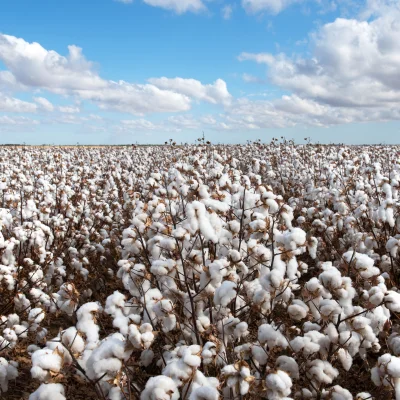
Cotton is actually relatively drought tolerant and can withstand climates with low rainfall. Compared to other crops, it’s not even among the top users of irrigated water globally. To call it “thirsty” often vilifies it and encourages people to look to other materials (which can be worse in many other ways) rather than addressing the need for more responsible water stewardship which is highly specific to each region and supply chain.
Many organic cotton certifications and industry member networks aim to drive progress within the industry’s water management systems. Another misused claim is that “25% of the world’s insecticides are used on cotton.” The primary source for this is from the 1990s and is based on sales data, not actual usage data.
Modern sales statistics don’t match those numbers (and still don’t indicate actual usage) despite how often the old ones are quoted. It’s clear that the stories we hear about cotton, fashion, and sustainability aren’t always accurate.
It’s important that we are critical consumers and sharers of data. The appropriate use of accurate data allows us to actually address the problems at hand rather than waste our energy on false problems and solutions. For more context on cotton, its water usage, and how to responsibly share data, read the Transformer’s Foundation report.
Is Organic Cotton really sustainable?
Organic cotton can definitely be considered a sustainable fabric option!
All in all, organic cotton embodies some of our favorite things about natural fibers and sustainable materials. With organic cotton, you know you’re getting a product made with more responsible farming practices and fewer chemicals and toxicity.
This also means it’s safer for the workers in the supply chain, and many certification bodies consider the ethical treatment of workers, as well!
It’s a high-quality material that optimizes garment longevity and is biodegradable, which makes its end-of-life a lot less harmful than many other fabrics being used today. While no material is perfect, organic cotton is a great option if you’re looking for more environmentally-friendly clothing, especially when it’s certified!
How do you know if cotton is organic or not?
Unlike many vague buzzwords in the sustainability space, the use of “organic” is legally regulated. Each governing authority has different standards, but for a farmer to sell their product as organic, they must meet a baseline set of standards on farming practices while prohibiting artificial fertilizers, hazardous synthetic pesticides, and genetically modified organisms (GMOs).
Unfortunately, once the cotton leaves the farm, the regulation isn’t as thorough. Therefore, third-party certification bodies exist to verify that a fiber still receives organic treatment throughout the entirety of the production process. Below are the common standards to look out for:
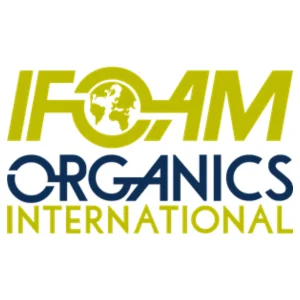
International Federation of Organic Agriculture Movements (IFOAM Family of Standards)
IFOAM creates a clear international set of standards for farms to meet in order to sell their products as organic. These standards include specifics regarding soil health and land management, banning the use of harmful synthetic inputs, and preventing harm to the surrounding ecosystems.
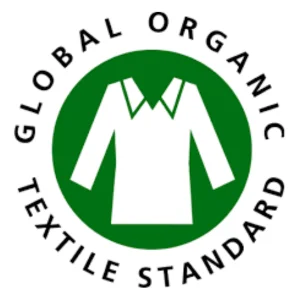
Global Organic Textile Standard (GOTS)
GOTS is one of the leading textile processing standards for organic fibers, backed up by independent certification through on-site inspections. GOTS certification measures most of the supply chain, considering all steps in the processing, manufacturing, and trading of organic textiles. It does not directly oversee the farming and cultivation standards for the cotton and refers to IFOAM Family of Standards for that stage of production, though it does require all textiles to be made from at least 70% certified organic fibers.
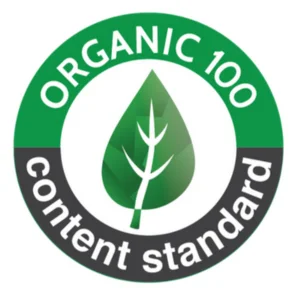
Organic Cotton Standard (OCS)
The OCS ensures cotton is organic from the farm to the final product. Like GOTS, the OCS only certifies cotton made at a farm that meets the IFOAM standards. An independent third-party that audits each stage of the supply chain to make sure that the material is still treated organically, even beyond the farm.
Properties of Organic Cotton:
Organic cotton has a lot of benefits and positive traits. As a fabric, it’s:
- Breathable
- Durable
- Moisture-wicking
- Hypoallergenic
- Soft
Does organic cotton shrink?
Because organic cotton is not chemically treated to reduce shrinkage, it is possible that organic cotton may shrink slightly when exposed to high heat. Heed your garment’s care tag instructions and opt for air drying to be safe!
Is cotton biodegradable?
Yes! Because it is a natural material (plant-based), it can biodegrade. Organic cotton is even safer in its decomposition process because it won’t release chemicals into the environment as conventional cotton does with its chemical treatment. To speed up the biodegrading process, which is already pretty fast for cotton compared to more textiles, you can compost cotton fabrics which also keeps it out of landfill.
Disadvantages of Organic Cotton:
When it comes to organic cotton farming and production, it can cost more and generates less yield as a crop. Therefore, more land is required to get a significant harvest. It can also be more labor and time intensive due to more responsible practices. It’s worth noting that these traits are also what makes organic cotton a higher-quality product and, therefore, worth more.
Lastly, organic cotton can be used as a greenwashing tool. Unless a brand has certifications, it can be hard to tell if organic cotton is still given organic treatment after it leaves the farm. The label only legally applies to how cotton was farmed. Therefore, brands could use organically grown cotton but still apply the same toxic chemical processing and dying of conventional textiles.
What is organic cotton used for?
Cotton can be used for just about anything fabric-related. In fact, even our dollar bills are made with cotton. Organic cotton is often used in garments like socks, underwear, t-shirts, and other clothing items. It’s also commonly used in home products like bedsheets, towels, and curtains. Because it uses fewer chemicals, the fabric is ideal for people with sensitive skin and who are looking for a hypoallergenic product.
Sustainable Brands Using Quality Organic Cotton:
1. Pact
Pact offers a wide range of eco-conscious staples that run the gamut from GOTS-certified organic cotton tees and tank tops to oh-so-comfy maternity wear. Every piece is skillfully sewn in Fair Trade Certified factories.
Sizes: XS-2XL
Price: $21+
Location/Shipping: USA, worldwide shipping available
Discount: SKL15 to get 15% off for first-time customers – Full-priced items only and cannot be used with other offers
Organic Cotton Clothing For The Family:
2. Organic Basics
Organic Basics use the best organic materials to craft their affordable sustainable basics clothing.
As they mention on their site, “We only choose fabrics that care for our environment, and we only ever partner with factories that care about their impact, too.”
Sizes: XS-XL
Price: $30+
Location/Shipping: Denmark, worldwide shopping available
Organic Cotton Underwear:
3. Mate the Label
MATE is a female-founded company producing “Clean Essentials” made sustainably in the United States (Los Angeles) with non-toxic, natural, and organic materials.
Sizes: XS-XXL
Price: $30+
Location/Shipping: USA
Organic Cotton Loungewear:
4. LA Relaxed
LA Relaxed designs and makes all its ethical women’s apparel under one roof in Los Angeles, California. They create high-quality organic dresses, shirts, and pants for everyday use, and they produce their garments in limited runs to avoid waste.
Sizes: XS-XL
Price: $35+
Location/Shipping: USA
Organic Cotton Basics:
This was a full guide to Organic Cotton.
With just a bit of dedicated research and commitment to spreading more awareness (and fewer click-worthy myths!) about Organic Cotton, we have officially summed up one of our favorite sustainable fabrics for you in this short guide. Got any questions? Feel free to drop them in the comments.
If you enjoyed this article on Organic Cotton, check out these other sustainable guides below!
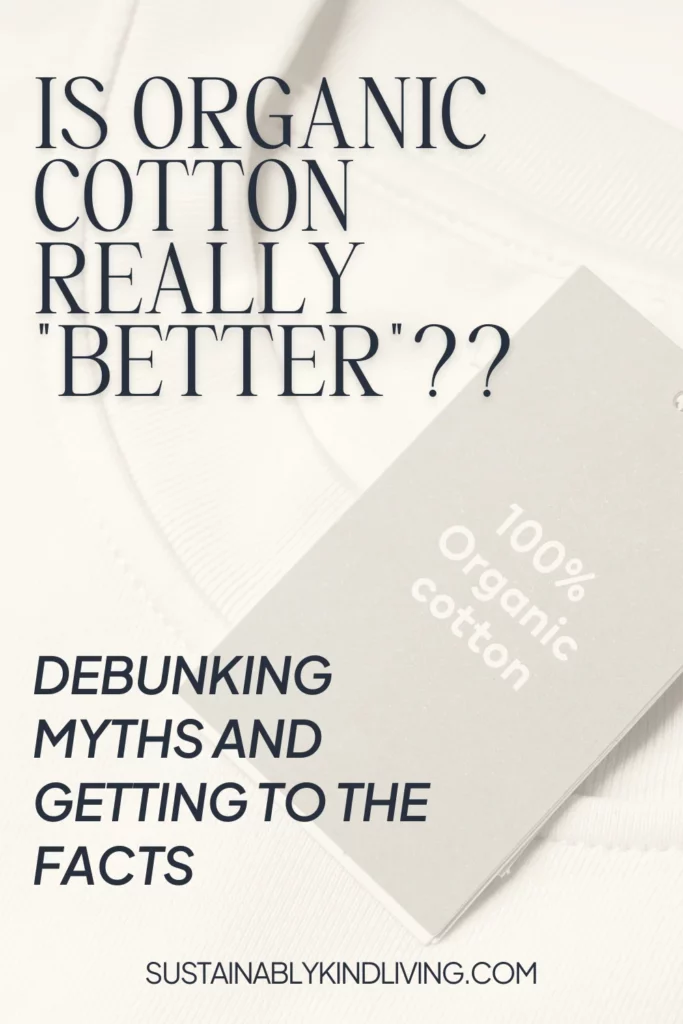
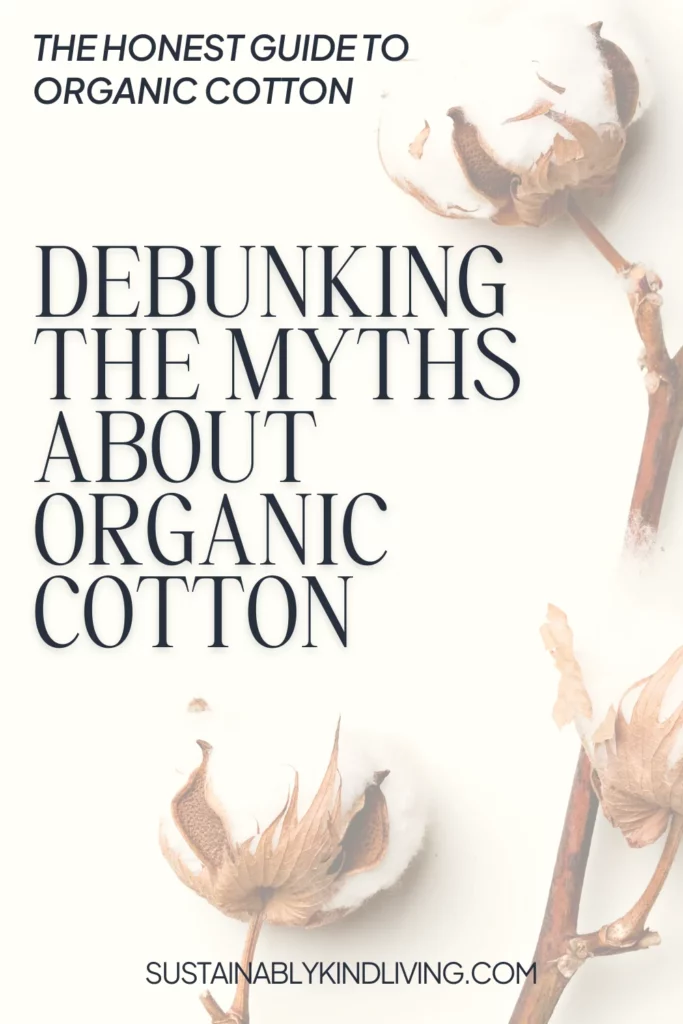
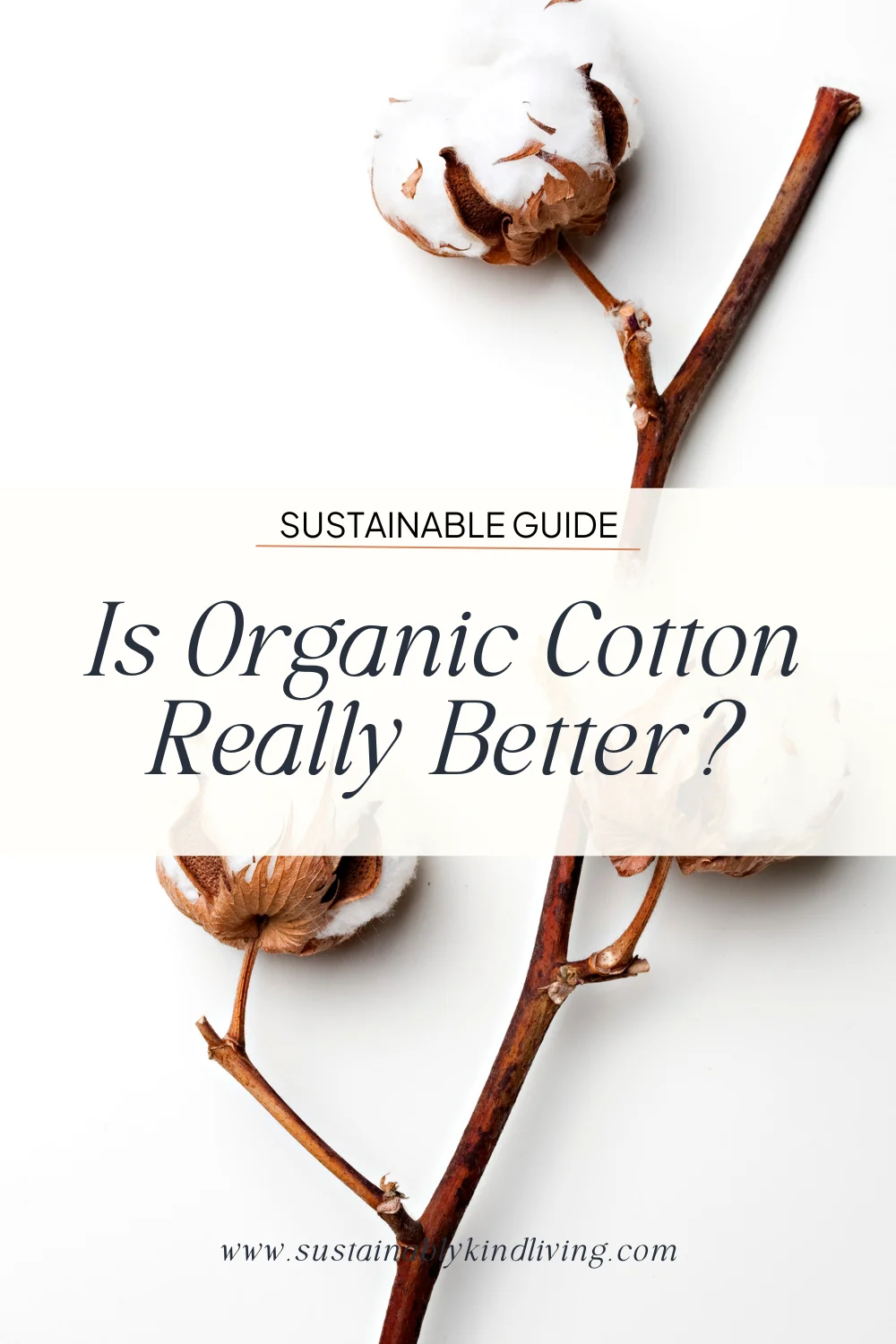


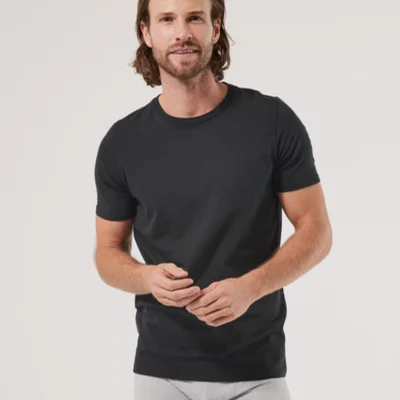
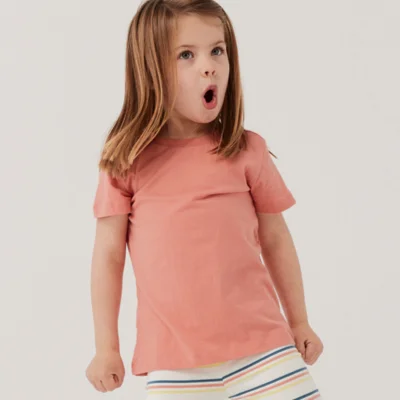









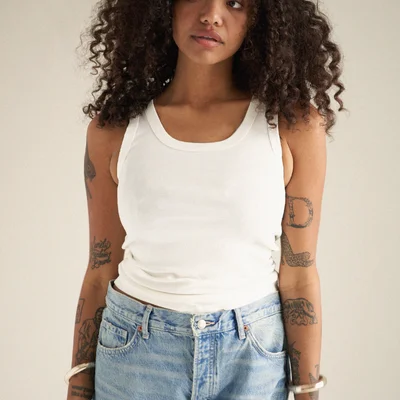


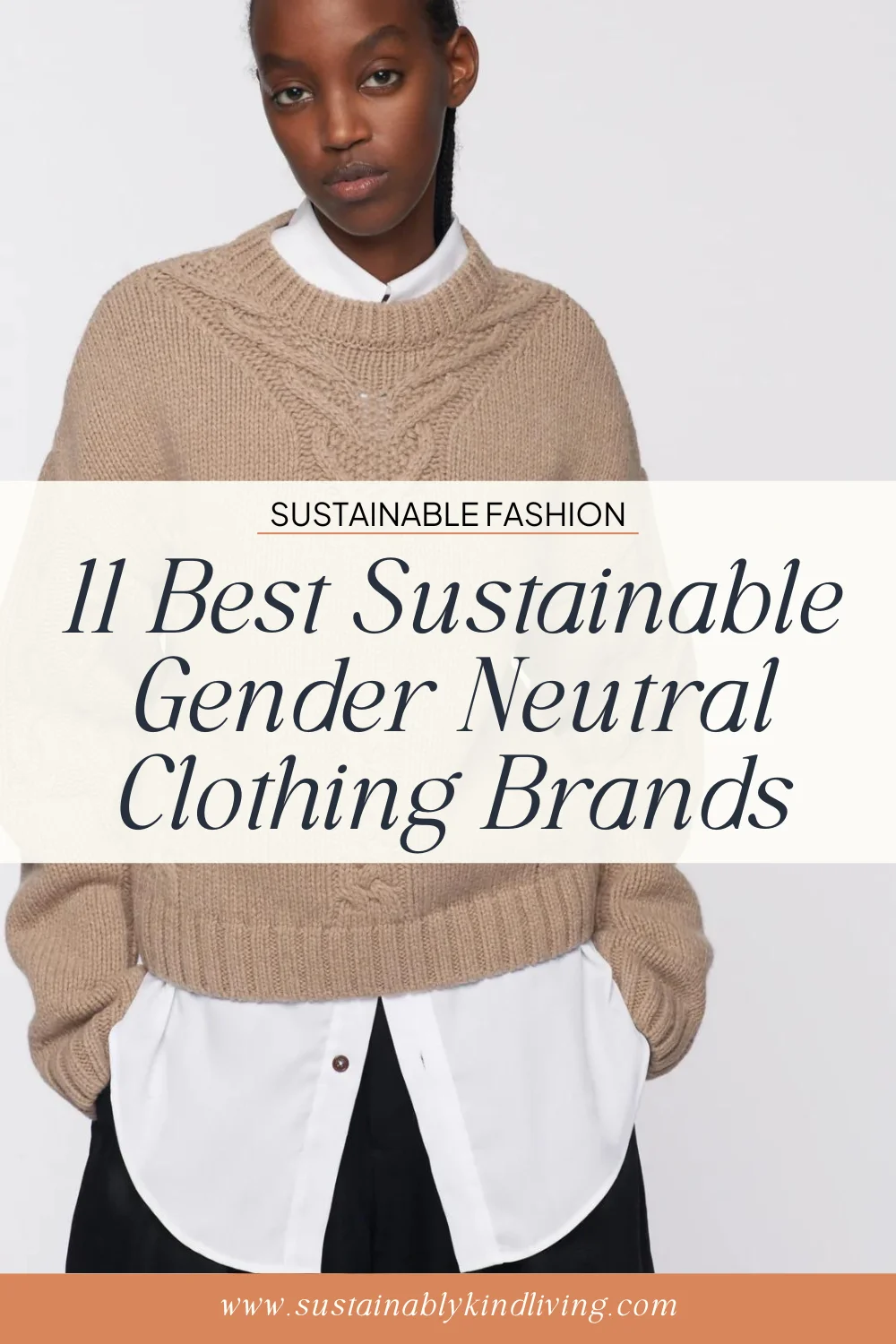
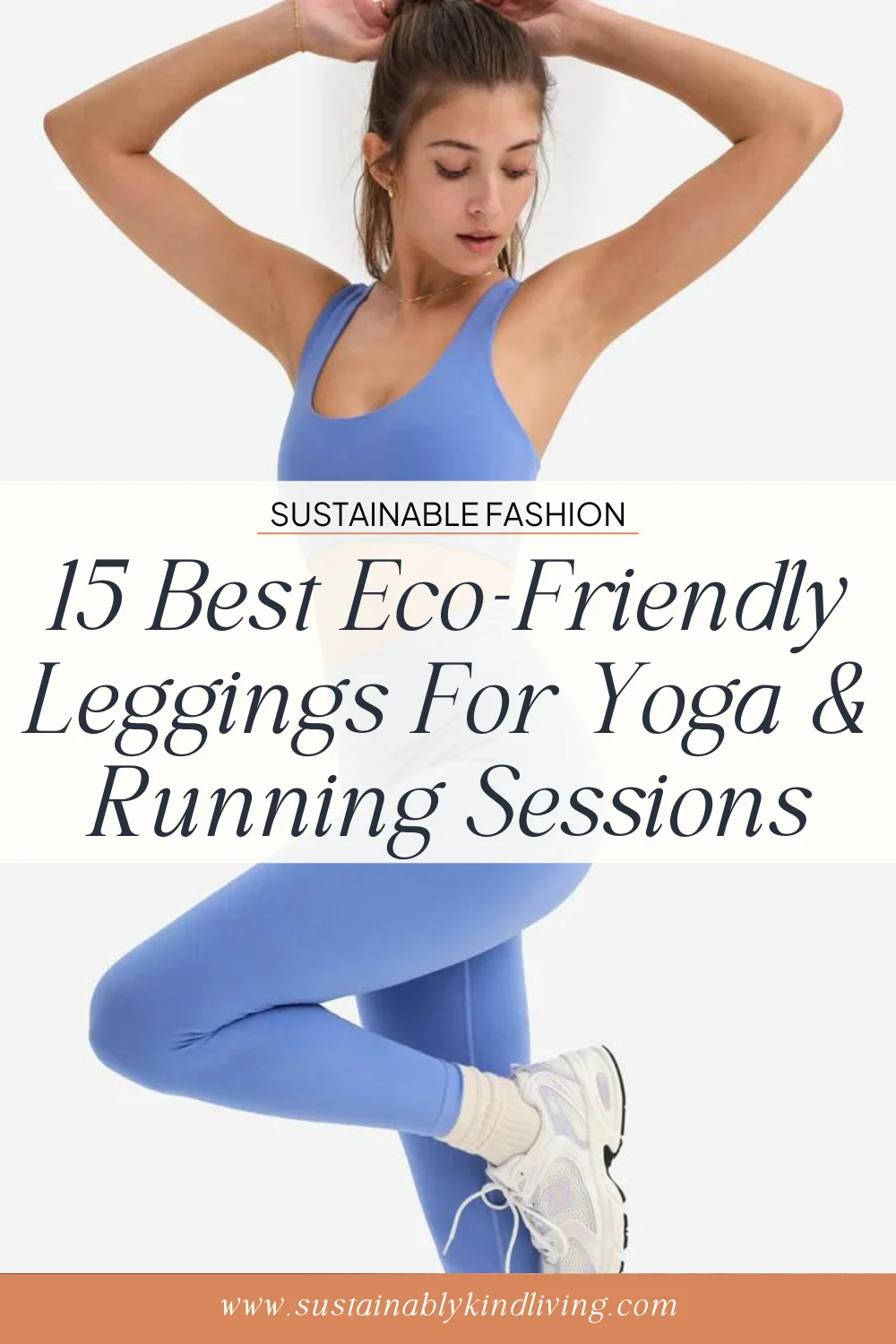
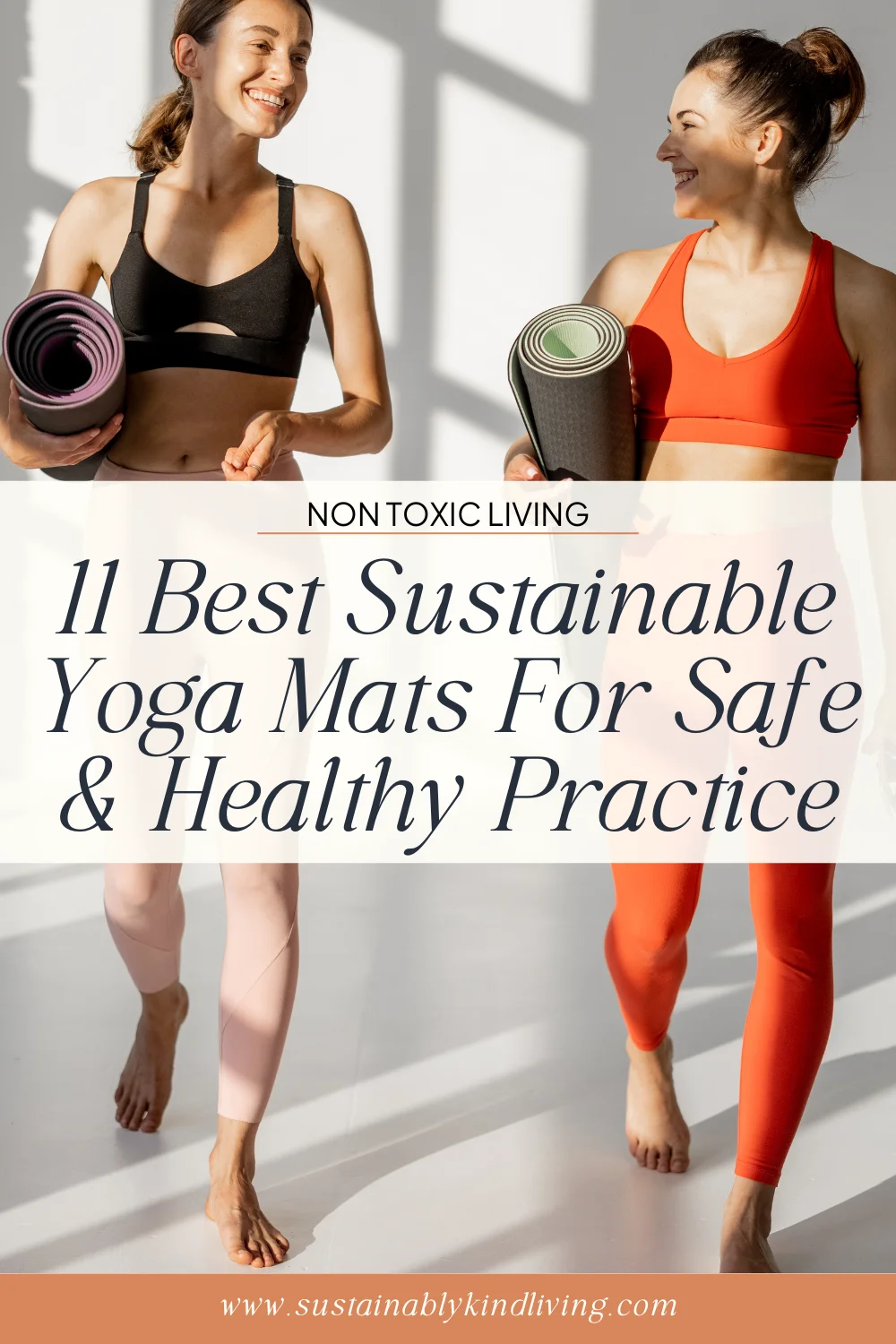
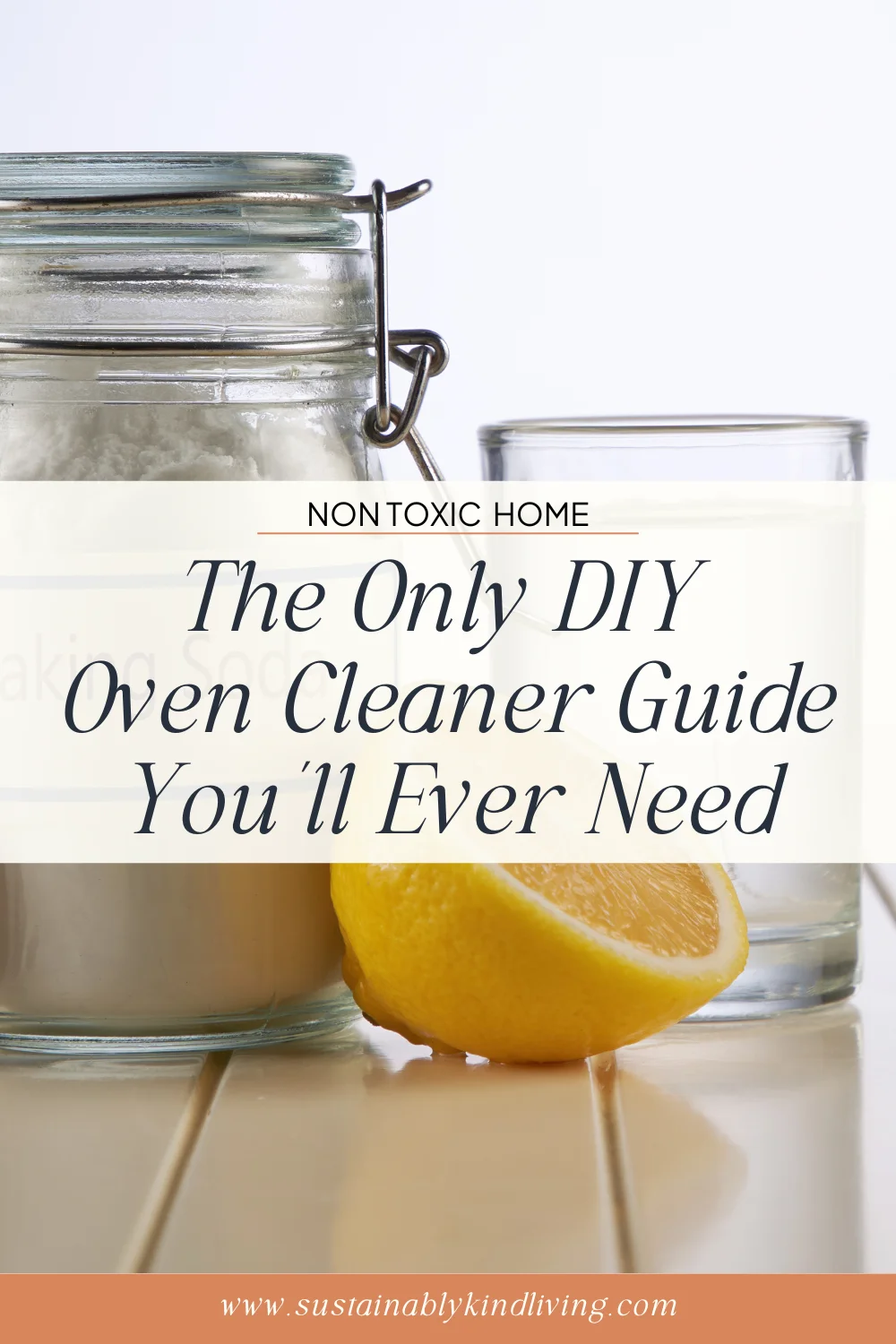
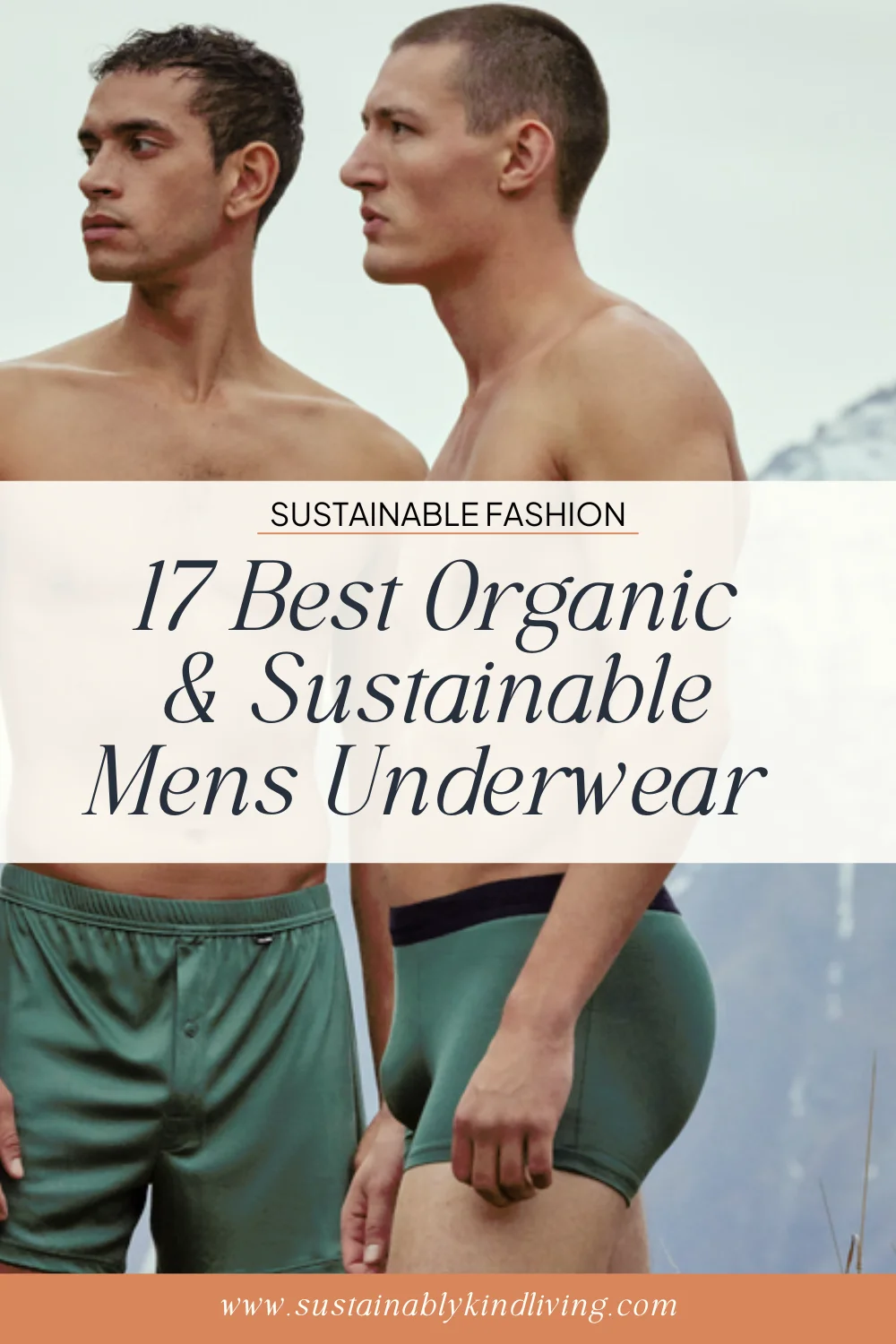
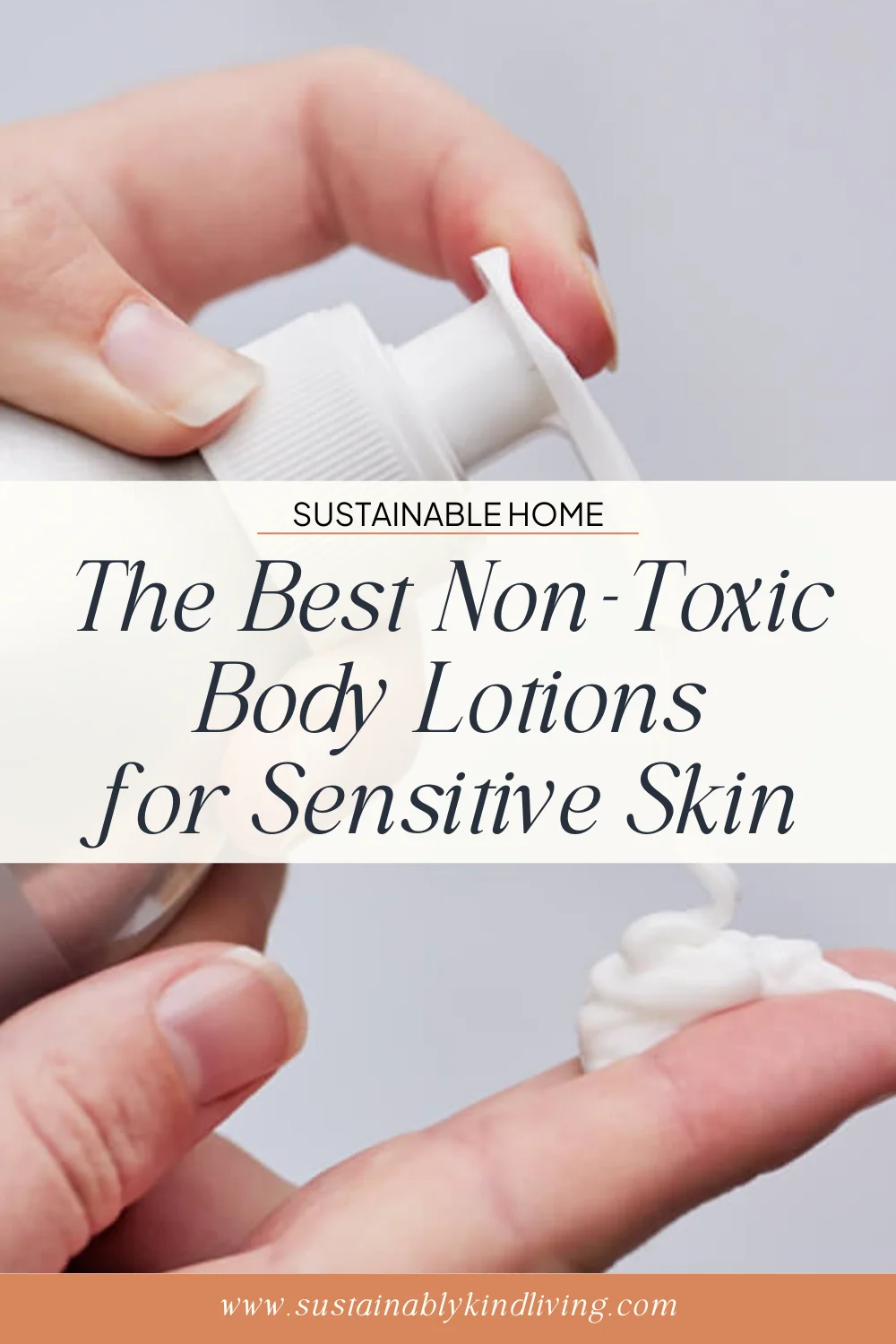

While it is true that organic cotton requires a lot of water, it helps to keep the land clean and free of harmful chemicals. In contrast, traditional cotton production introduces harmful chemicals into the land and water, which can have negative effects on both the environment and human health. I want to mention that organic cotton is superior to regular cotton. It washes better, resists stains, and lasts longer. Additionally, it is more breathable and ideal for people with sensitive skin, including babies and kids.
While it is true that organic cotton requires a lot of water, it helps to keep the land clean and free of harmful chemicals. In contrast, traditional cotton production introduces harmful chemicals into the land and water, which can have negative effects on both the environment and human health.I want to mention that organic cotton is superior to regular cotton. It washes better, resists stains, and lasts longer. Additionally, it is more breathable and ideal for people with sensitive skin, including babies and kids.
While it is true that organic cotton requires a lot of water, it helps to keep the land clean and free of harmful chemicals. In contrast, traditional cotton production introduces harmful chemicals into the land and water, which can have negative effects on both the environment and human health.d and water, which can have negative effects on both the environment and human health.r for babies, kids and adults with sensitive skin – could see difference on my own children.
As you mention cotton is ‘thirsty plant’ and organic cotton needs a lot of water but it keeps land clean and with no chemicals as cotton production and chemicals that go in growing it effect land quality and goes into water and etc.